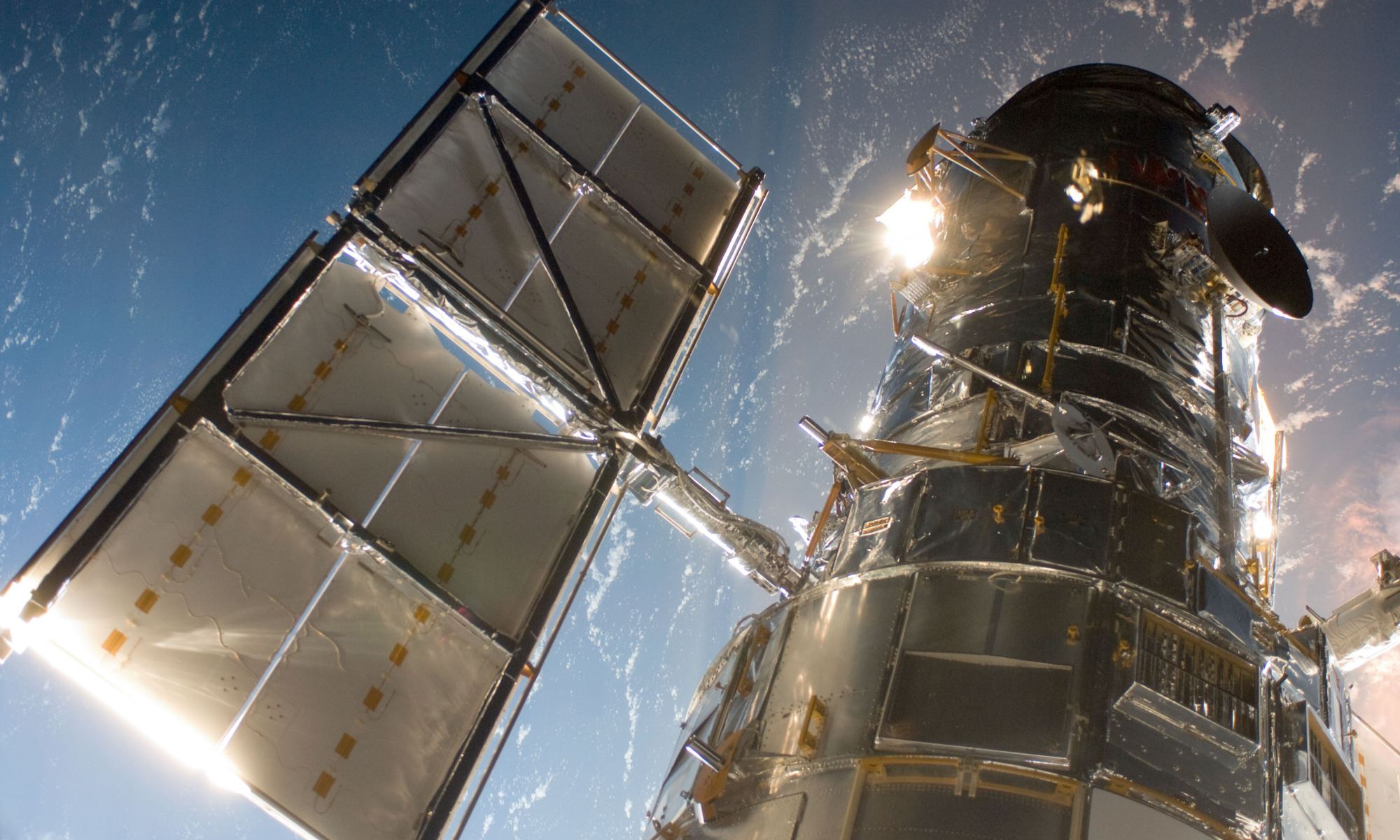What happens when two galaxies collide? The Milky Way and the Andromeda Galaxy are on a collision course, and in about 4.5 billion years, they will meet. Now astronomers using the Hubble have provided some visual insight into what that collision might look like.
Continue reading “This is What It’ll Look Like When the Milky Way and Andromeda Galaxies Collide Billions of Years from Now”This is What It’ll Look Like When the Milky Way and Andromeda Galaxies Collide Billions of Years from Now










